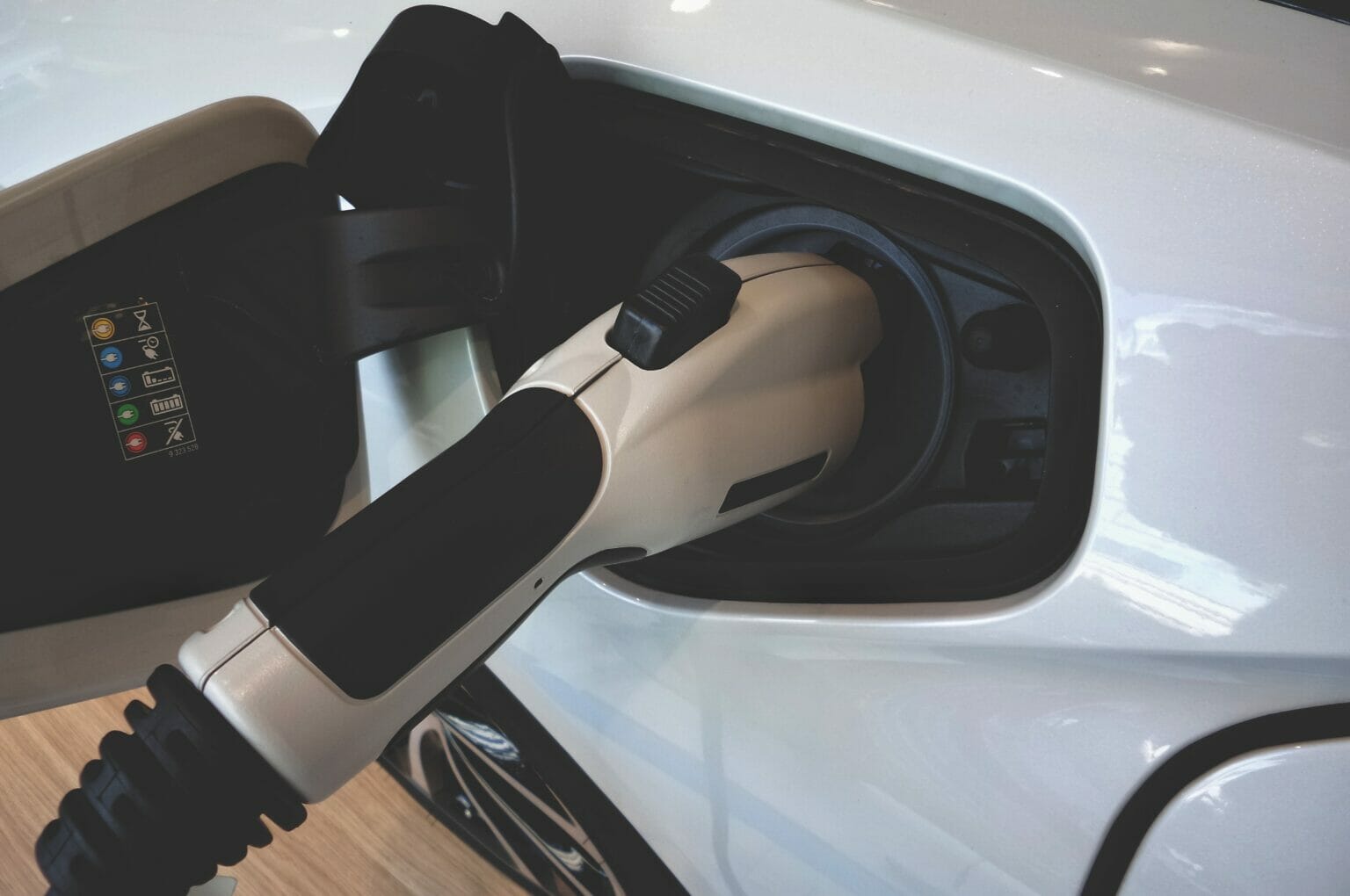Clean energy investment is driven by energy security, not by climate change.
Fatih Birol, the head of the International Energy Agency, told CNBC on Thursday that energy security, not climate change, was the main reason why people were investing in clean energy.
Birol talked about the Inflation Reduction Act in the U.S. and other plans in Europe, Japan, and China. He said that there was a “major increase” in investments in clean energy, about a 50% increase.
Birol told CNBC’s Julianna Tatelbaum, “It’s about 1.3 trillion dollars now, and it will go up to about 2 trillion dollars.”
“As a result, clean energy sources like solar, hydrogen, and nuclear power will slowly but surely replace fossil fuels.”
“Why do governments act this way? Because of climate change and the fact that the issues are green? In no way. Energy security is the main reason for all of this. “
Birol went on to say that “the biggest driver of renewable energy” is energy security. He also said that other things were important, like those that had to do with the weather.

“Concerns about energy security, climate commitments, and industrial policies are a very powerful combination,” he said.
Birol was talking after a new report from the International Energy Agency said that investments in clean energy could reach over $2 trillion per year by 2030, which is more than 50% more than they are now.
The Paris-based organization’s World Energy Outlook 2022, which came out Thursday morning, has the prediction.
It is based on the IEA’s Stated Policies Scenario, which takes into account “the latest policy settings around the world.”
In its Net Zero Emissions by 2050 Scenario, the IEA said that even with this increase, clean energy investments would still need to reach over $4 trillion by 2030.
The IEA report said that this showed “how important it is to bring new investors into the energy sector.”
The Paris Agreement of 2015 casts a big shadow over the IEA’s report.
The goal of this important agreement is to “keep global warming well below 2 degrees Celsius, and preferably 1.5 degrees Celsius, compared to pre-industrial levels.”
For the 1.5 degree Celsius goal to be reached, carbon dioxide emissions made by people must be cut to net zero by 2050.
The newest version of the World Energy Outlook comes at a time when global energy markets are very uncertain and changeable.
Based on what Birol said Thursday, the changes that are happening seem to be very big ones.
“Russia’s invasion of Ukraine has changed energy markets and policies not just for now, but for decades to come,” he said. “Even with the policies we have now, the energy world is changing quickly in front of our eyes.”
Birol said, “The actions of governments around the world will make this a historic and definitive turning point toward a cleaner, cheaper, and safer energy system.”
Is demand for coal, gas, and oil at its peak?
In a statement released with the report, the IEA said that in its “Stated Policies Scenario,” “global demand for each fossil fuel reaches a peak or plateau.”
Under this scenario, “coal use will go down in the next few years, natural gas demand will reach a plateau by the end of the decade, and rising sales of electric vehicles will cause oil demand to level off in the mid-2030s before going down slightly by mid-century.”
In its statement, the IEA also said that a lot of work needed to be done to keep global warming below 1.5 degrees Celsius.
By the middle of this century, under its stated policy scenario, fossil fuels would make up a little more than 60% of the world’s energy mix.
“Global CO2 emissions fall slowly from a high point of 37 billion tonnes per year to 32 billion tonnes by 2050,” it said.
“This would cause average global temperatures to rise by about 2.5 °C by 2100, which isn’t nearly enough to avoid the worst effects of climate change.”
This is the same as what the U.N. Climate Change report said this week.
According to a United Nations statement issued on Wednesday, “the combined climate pledges of 193 Parties under the Paris Agreement could put the world on track for around 2.5 degrees Celsius of warming by the end of the century.”
The U.N. Climate Change said that its new report also showed that countries’ current pledges would cause emissions to rise by 10.6% compared to 2010 levels by 2030.
The U.N.’s report comes before the COP27 climate change summit, which will be held in Sharm el-Sheikh, Egypt, next month.
